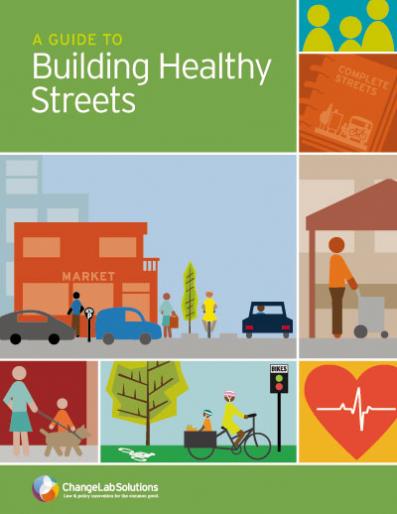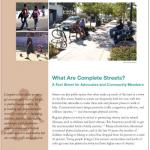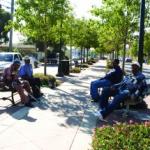A Guide to Building Healthy Streets
How public health can help implement Complete Streets
Complete Streets are gaining traction. At state, regional, and local levels, policymakers are adopting Complete Streets policies to start designing, building, and maintaining streets that serve all people.
Because Complete Streets make it safer and easier for people to walk, bike, take transit, and drive, they ultimately help people to be more physically active and lead healthier lives. But what happens after a community adopts a Complete Streets policy? What are the next steps for implementation, and who’s involved?
ChangeLab Solutions developed this guide to help communities ensure that their Complete Streets policy becomes more than words on paper and creates real, on-the-ground change. It focuses on how public health practitioners, in particular, can collaborate with other agencies to implement Complete Streets. State and local public health professionals have many opportunities to shape how decisions about street design are made, and they play an important role in supporting and leading efforts to create healthier streets.
Communities can use this guide to put their Complete Streets policy into action. It discusses five key steps for effective Complete Streets implementation, highlighting the unique role that public health staff can play in each step. Each step includes model Complete Streets policy language; information on how to address equity; community examples; and key resources.






